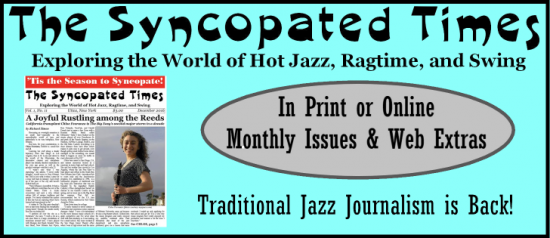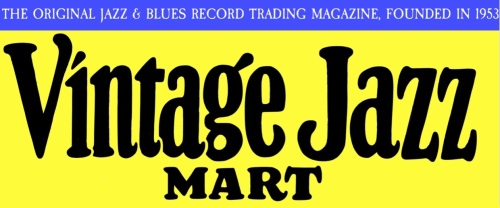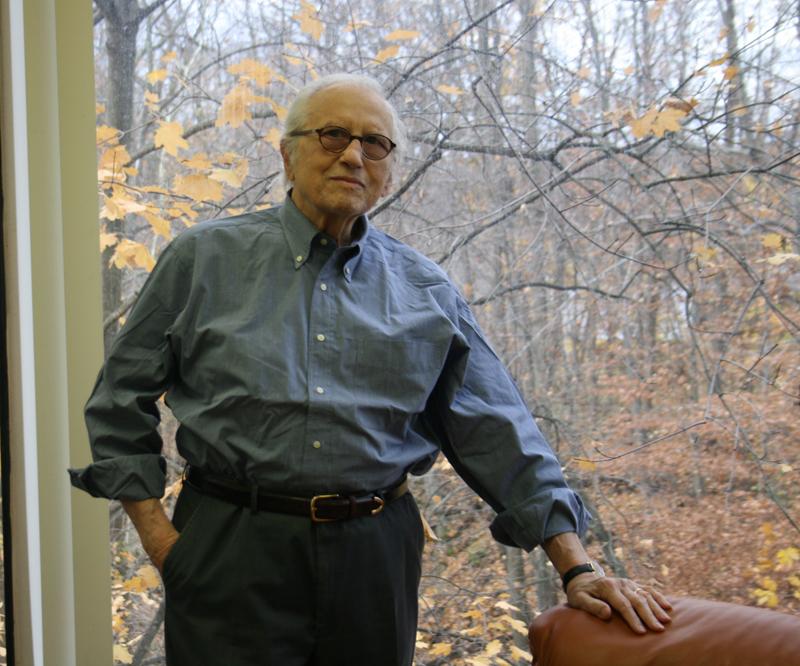This is the first of what I hope is a long series — first-hand testimony from the men and women who were there, about their jazz heroes and more.
 Paul Nossiter is a veteran jazz improviser, educator, and writer — on the scene for a long time and still gigging in the New England area. We spoke in October 2010 about his early experiences with the legendary clarinetist Rod Cless.
Paul Nossiter is a veteran jazz improviser, educator, and writer — on the scene for a long time and still gigging in the New England area. We spoke in October 2010 about his early experiences with the legendary clarinetist Rod Cless.
I had an older brother, Bud (for Bernard): he was my guru. He was a swing fan in the early Forties, and I worshipped him, so I became a swing fan. My idea was that Benny Goodman must have been 25 or 30 years old. Benny was going to die, and I was going to replace him! He was going to fade away, and I had to be prepared to take his place.
We had been collecting big-band jazz records, and then one Thanksgiving my brother saw that the Village Vanguard was going to have a jam session, and he and my cousin (who was a year older, in high school) persuaded my mother to take them, and I horned in on it.
It wasn’t a jam session. It was a quartet I will never forget. Zutty Singleton, Pops Foster, Art Hodes (the only white man I ever heard who really could play the blues) and this lean, tall, weird-looking clarinet player. So tall that they called him Pee Wee — Pee Wee Russell.
It was a karmic experience for both my brother and me. We felt we’d heard the truth. we went home and began to throw our 78 records of swing out the window into the courtyard below, until the super came up, cursed us roundly, and we stopped.
We got into that kind of jazz, and he began to collect records by the Condon gang, all those wonderful people, and I finally got a clarinet and began to take lessons. We went to concerts, and eventually heard Bunk Johnson at Stuyvesant Casino.
Once, Bud was in Nick’s in Greenwich Village, and Rod Cless was playing with a group. (I was too young to go by myself.) And he said to Rod, “I’ve got a kid brother who wants to learn to play jazz.” Rod said, “Well, I’ve never taught anyone.” Bud said, “Why don’t you give him some lessons, and see?” And that’s how it started. I can’t remember what he got paid — maybe ten dollars.
Once a week, Rod would come up to the apartment we lived in on West 77th Street, and teach me by ear the jazz repertoire that Condon and Muggsy Spanier’s Ragtime Band played. Rod would teach me, bit by bit, JADA, BABY WON’T YOU PLEASE COME HOME, and some of the faster ones. He would play the melody, and then I would play after him. He would say, “No, that note’s wrong. You need to use two fingers.” It was very much Montessori-ish. Then when I finally learned the tune, I would have to play it for him, and he would play a counter-melody behind me.
One of the things Rod had with him when he came up was a pint bottle, because he drank continuously. He probably put away a fifth during the day, nibbling at it, and another fifth at night, when he worked. It didn’t seem to affect his playing (eventually I went to places where I could hear him play). He had a very large nose — almost a fighter’s nose or an alcoholic’s nose — and when he drank it got bright red. Once, Rod was taking a sip from his pint bottle when my father walked in. And I thought, “Oh, shit! There goes my lessons.” My father turned on his heel, shut the door and went out. And he came back about ten minutes later and said to Rod, “If you’re going to drink, drink something good,” and put a bottle of Scotch on the table.
After school, I used to practice with the Commodore records that we collected, playing melody with those records. (And the nice thing was that if the band made a mistake, I could pick up the needle and start over again!)
That was another very important part of my life, when we started to collect records — going down Sixth Avenue and visiting all the used record stores, looking for Louis and Bessie and Muggsy. Then I would wind up at the Commodore Record Shop. It was wonderful — walls of records stacked up and four or five listening booths! Can you believe it? You would ask for the records you wanted, they would hand them to you, and you would take them back into a booth and sit in a leather chair and play them. I could afford one record a week, so the record I bought had to be absolutely perfect. Every solo had to be just right, every chorus, the ensemble . . . so bit by bit I amassed a collection of these records.
After about eight months or a year of these once-a-week sessions with Rod, he said, “Right. Now I’m going to play the melody. You play something else.” And I said, “What? What will I play?” Rod said, “Haven’t you been listening?” And that’s how I got thrown into the water. I did have an ear for harmony, and I played very simple stuff behind him, and we would play duets this way.
Rod was not a very vocal person. He didn’t speak a lot. He was very quiet, and very gentle. Never critical of my playing. He was absolutely different from any teacher I’d had before or since. And by the time I was a senior in high school, I could sit in at Jimmy Ryan’s occasionally. The last number, BUGLE CALL RAG, anybody in the house who had an instrument could play two choruses.
(I got to meet James P. Johnson because Rod was working in a band that included him at the Pied Piper — a wonderful band with James P. playing, and you’d go up to him and he’d carry on a conversation with you without stopping.)
I’ve been wonderfully lucky!



















































